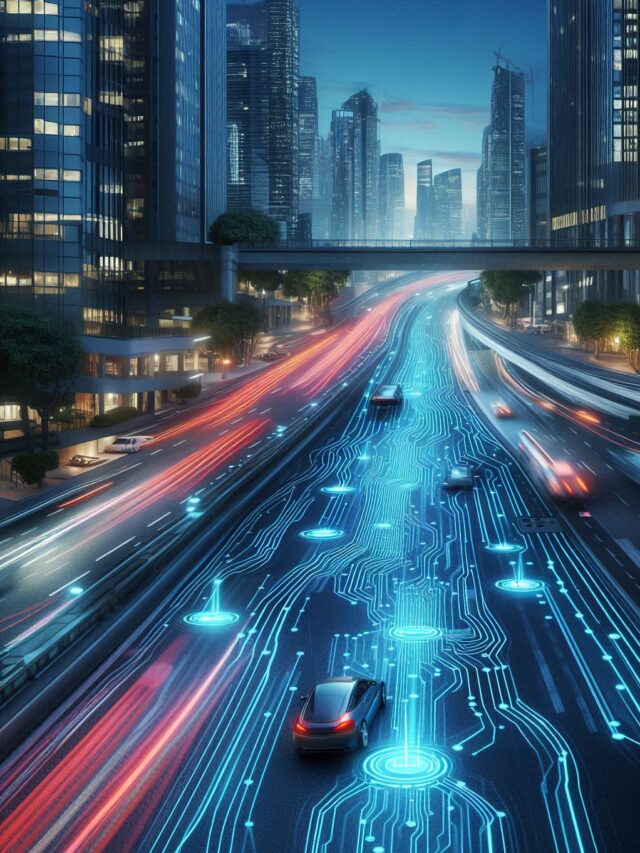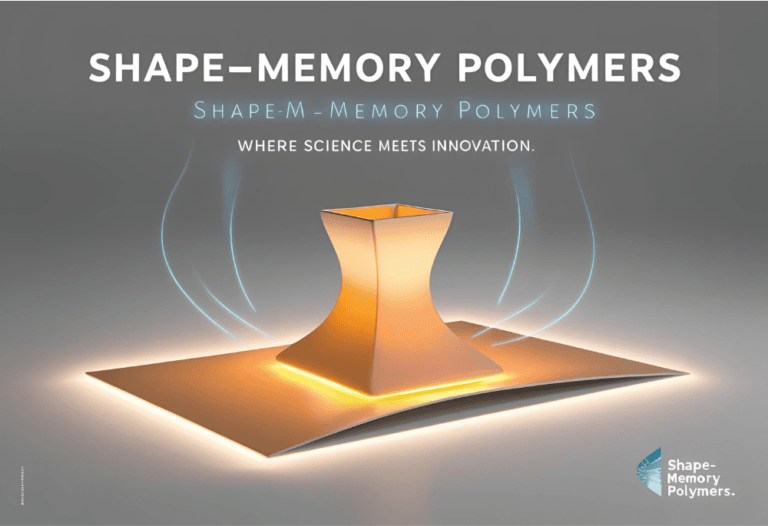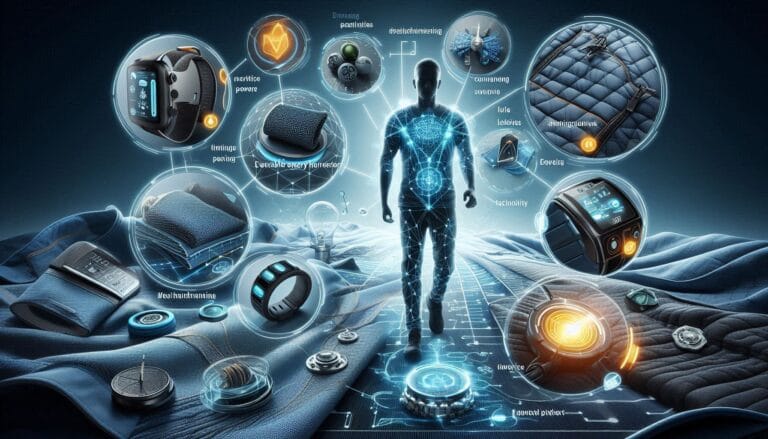Introduction
In an era of increasing energy demands and environmental concerns, the search for sustainable and renewable energy sources has never been more critical. Among the innovative solutions emerging, piezoelectric roads offer a unique and promising method of energy harvesting. This technology leverages the natural mechanical stress generated by vehicles on road surfaces to produce electricity. But how does this fascinating process work, and what are its potential applications? This blog will explore the intricacies of piezoelectric roads, their benefits, challenges, and the future possibilities they present.
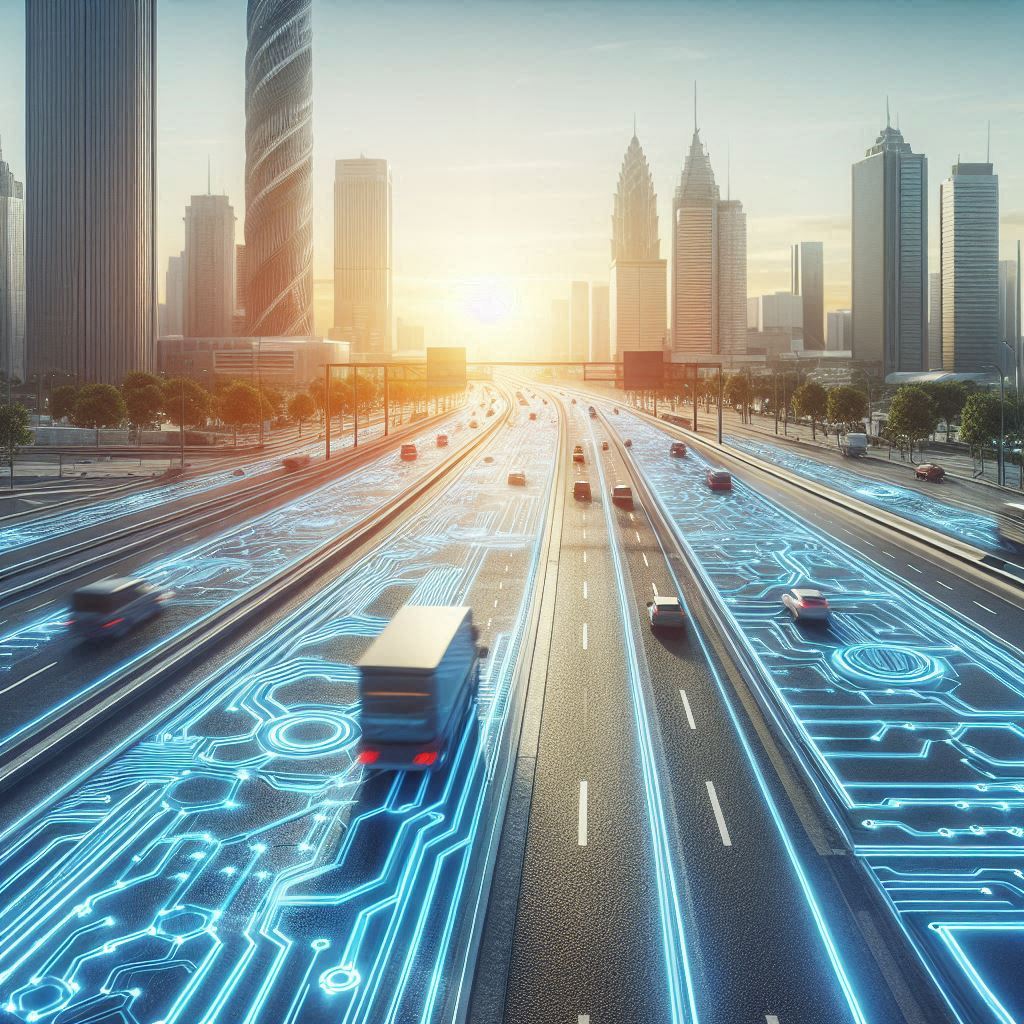
Understanding Piezoelectricity: The Foundation of Piezoelectric Roads
What is Piezoelectricity?
Piezoelectricity is a remarkable physical phenomenon that occurs in certain crystalline materials, such as quartz, ceramics, and specific polymers, when they are subjected to mechanical stress. Discovered in the late 19th century by brothers Pierre and Jacques Curie, piezoelectricity refers to the generation of an electric charge in these materials when they are deformed or compressed. This electric charge results from the displacement of positive and negative charge centers within the material’s crystal lattice, creating an electric dipole.
- Historical Context: While the discovery of piezoelectricity dates back to 1880, its initial applications were limited to small-scale devices such as phonograph needles and ultrasonic transducers. It wasn’t until the 20th century that advancements in material science and engineering allowed for broader applications, including sonar technology during World War I and later, in medical ultrasound imaging. Today, piezoelectricity is integral to many modern technologies, and its potential for large-scale energy harvesting—especially in infrastructure like roads—represents a significant leap forward.
- Material Properties: The materials exhibiting piezoelectric properties, known as piezoelectric materials, can be naturally occurring, like quartz, or synthetically produced, like lead zirconate titanate (PZT). These materials are chosen for their high piezoelectric coefficients, meaning they can produce a substantial electric charge when subjected to mechanical stress. This property is crucial for applications that require efficient energy conversion, such as piezoelectric roads.
How Do Piezoelectric Crystals Work?
The working principle of piezoelectric crystals is rooted in their ability to convert mechanical energy into electrical energy—a process that occurs as follows:
- Mechanism of Action: When mechanical pressure is applied to a piezoelectric crystal, the crystal’s atomic structure is slightly distorted. This distortion causes a shift in the balance of electric charges within the crystal, leading to the generation of an electric field. The resulting electric potential, or voltage, is proportional to the amount of pressure applied. This voltage can be harnessed and used to power electrical devices, stored for later use, or fed into an electrical grid.
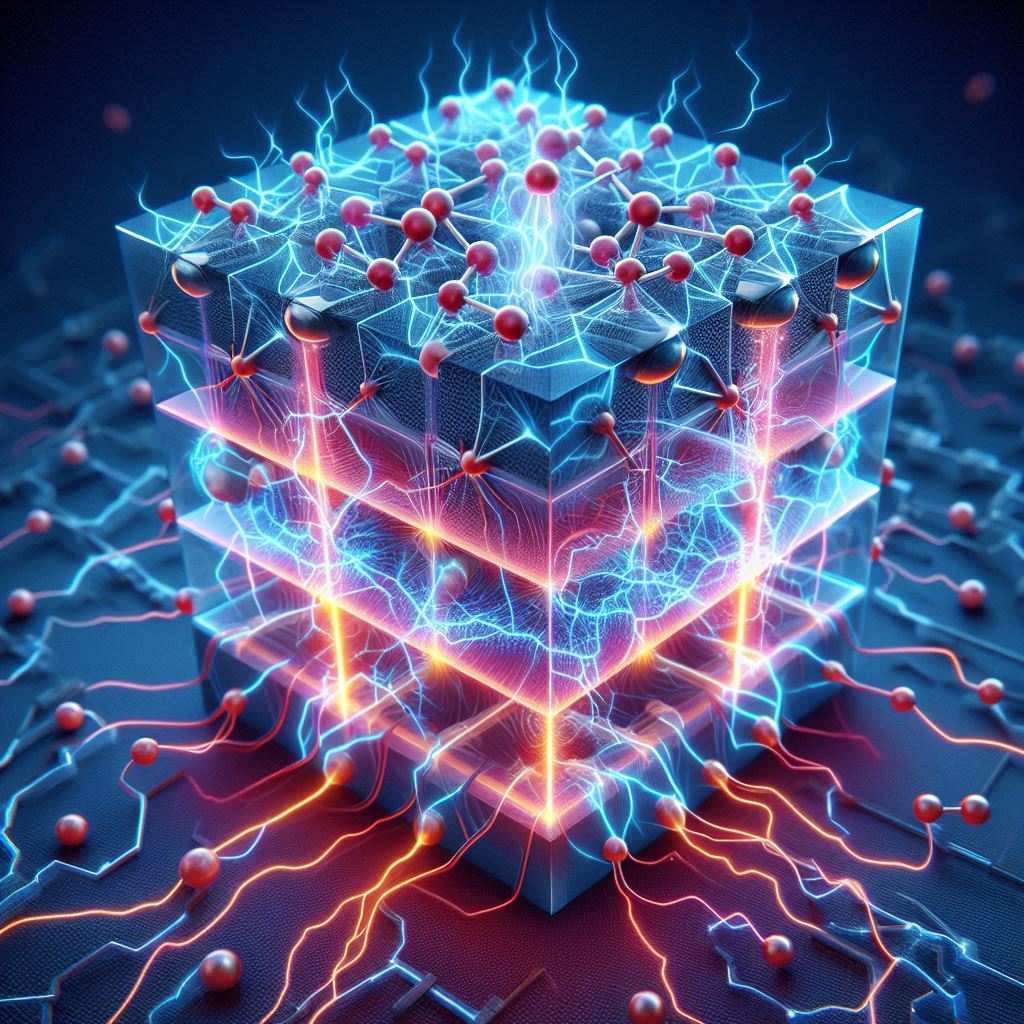
- Energy Conversion Efficiency: The efficiency of this energy conversion process depends on several factors, including the type of piezoelectric material used, the magnitude of the applied pressure, and the design of the system in which the crystals are embedded. Advanced piezoelectric materials like PZT and polyvinylidene fluoride (PVDF) are often used in high-performance applications due to their superior piezoelectric properties, which allow for higher energy output.
- Application in Roads: In the context of piezoelectric roads, the crystals are embedded beneath the surface, and strategically placed to maximize energy generation. As vehicles pass over these crystals, the pressure exerted by their weight compresses the crystals, generating electricity. The continuous flow of traffic ensures a consistent and renewable source of energy, which can be used for various applications, from powering streetlights to contributing to the local power grid.
Furteher Exploration-
Piezoelectric Roads: The Concept and Technology
Piezoelectric roads represent a cutting-edge application of piezoelectric technology, aimed at sustainable energy harvesting on a large scale. Here’s how this innovative technology works:
- Design and Integration: Piezoelectric roads are constructed by embedding piezoelectric materials within the asphalt or concrete layers of the road surface. These materials are arranged in a network of sensors or generators, strategically positioned to capture the maximum amount of mechanical energy from passing vehicles. The design of these systems can vary, with some using thin piezoelectric strips laid across the road, while others may employ piezoelectric tiles or modules.
- Energy Harvesting Process: As vehicles drive over the road, the pressure they exert on the surface is transferred to the underlying piezoelectric materials. This pressure causes the materials to compress, generating an electric charge. The generated electricity is then collected by an integrated energy harvesting system, which may include rectifiers, voltage regulators, and storage units. The energy can be used immediately or stored for later use, depending on the application.
- Sustainability and Efficiency: Piezoelectric roads offer a sustainable solution to energy generation by harnessing energy that would otherwise be wasted. Unlike traditional power generation methods, piezoelectric roads do not produce greenhouse gases or require the burning of fossil fuels. Moreover, they can be integrated into existing infrastructure with minimal environmental impact, making them an attractive option for cities looking to reduce their carbon footprint.
- Future Potential: As research and development in this field continue, the efficiency and scalability of piezoelectric roads are expected to improve. Advances in material science, such as the development of more sensitive piezoelectric materials or the integration of nanotechnology, could further enhance the energy output and durability of these systems, paving the way for their widespread adoption.
How Do Piezoelectric Roads Generate Energy?
The energy generation process in piezoelectric roads involves a sophisticated interplay of advanced materials, engineering systems, and innovative technology. Here’s a closer look at the key components and how they work together to convert the mechanical stress from vehicles into electrical energy:
Piezoelectric Generators:
-
- Material Composition: The core of the energy generation process lies in the piezoelectric generators, which are embedded within the road surface. These generators typically consist of piezoelectric crystals or ceramics, such as lead zirconate titanate (PZT), quartz, or polyvinylidene fluoride (PVDF). These materials are chosen for their ability to generate an electric charge in response to mechanical stress or pressure.
- Mechanism of Action: When a vehicle passes over the road, the weight and pressure compress the piezoelectric materials. This compression causes a displacement of ions within the crystal lattice, generating an electric charge. The amount of electricity generated is directly proportional to the pressure applied, making busy roads with heavy traffic ideal for maximizing energy output.
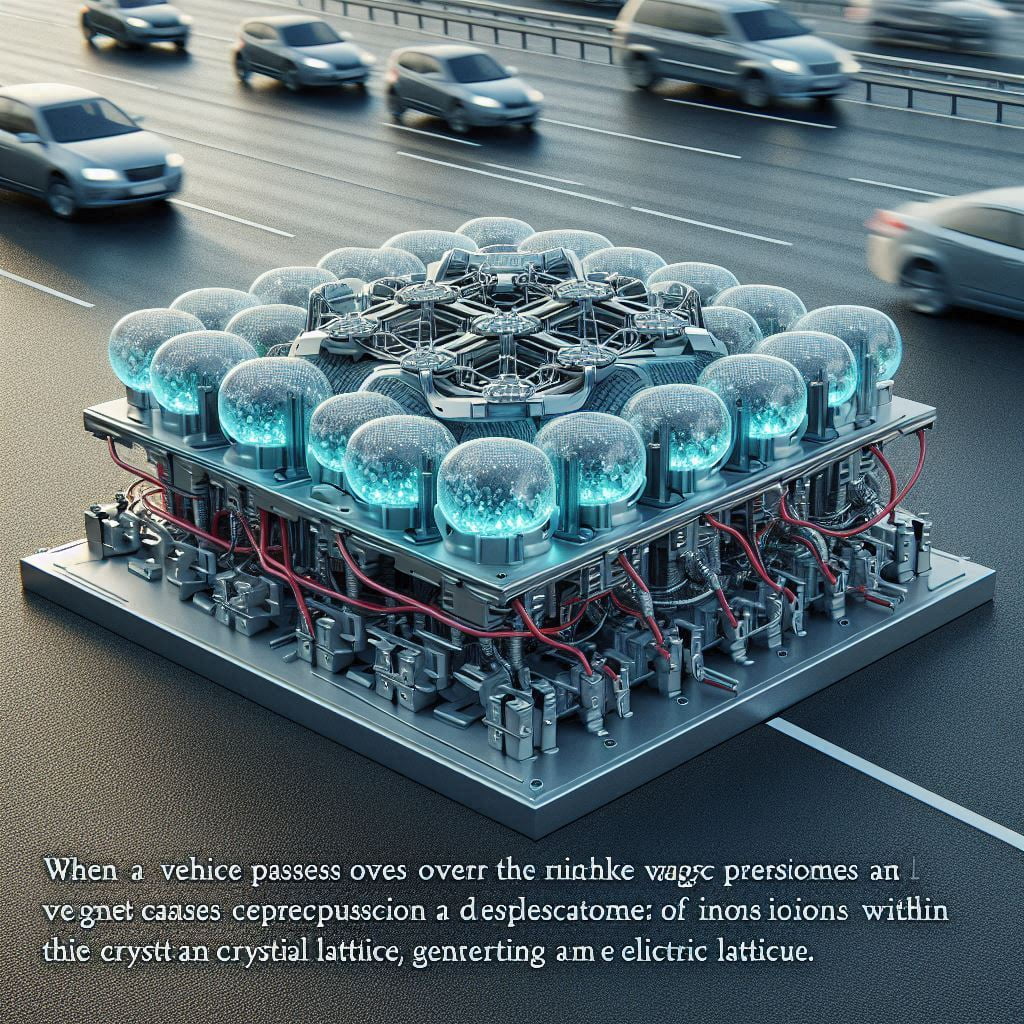
Energy Harvesting System:
-
- Conversion Efficiency: The raw voltage produced by the piezoelectric generators is typically low and irregular, requiring sophisticated energy harvesting systems to convert it into a stable, usable form of electricity. These systems include rectifiers to convert alternating current (AC) generated by the piezoelectric effect into direct current (DC), as well as voltage regulators to ensure a consistent output.
- Integration with Road Infrastructure: The energy harvesting systems are seamlessly integrated with the road infrastructure, often placed beneath the surface to protect them from environmental factors like moisture, temperature fluctuations, and mechanical wear. This integration is crucial for the long-term durability and efficiency of the system.
Power Storage or Direct Use:
-
- Storage Solutions: The electricity harvested can be stored in advanced storage solutions such as lithium-ion batteries or supercapacitors, which are chosen for their high energy density and ability to withstand numerous charge-discharge cycles. These storage units can be installed in roadside cabinets or embedded within the road infrastructure itself.
- Direct Application: Alternatively, the harvested energy can be fed directly into the grid or used to power nearby infrastructure, such as streetlights, traffic signals, and even electric vehicle (EV) charging stations. The ability to directly use the energy generated allows for real-time power supply, reducing reliance on traditional energy sources and enhancing the sustainability of urban environments.
Data and Control Systems:
-
- Real-Time Monitoring: Advanced data and control systems are integrated with piezoelectric roads to optimize energy harvesting. These systems continuously monitor traffic patterns, the amount of pressure applied, and the energy output. By analyzing this data, the control systems can adjust the operation of the energy harvesting units, such as altering the sensitivity of the piezoelectric materials or the timing of energy storage, to maximize efficiency.
- Predictive Maintenance: The data collected can also be used for predictive maintenance, identifying potential issues before they lead to system failures. This proactive approach ensures that the piezoelectric road infrastructure remains in optimal condition, minimizing downtime and extending the lifespan of the technology.
Applications of Piezoelectric Roads
Urban Infrastructure
One of the most promising applications of piezoelectric roads is in urban infrastructure. Cities are constantly seeking ways to reduce their carbon footprint and energy consumption. By integrating piezoelectric technology into road surfaces, cities can generate electricity from the daily traffic flow. This electricity can be used to power streetlights, traffic signals, and other public amenities, reducing the need for traditional energy sources.
Highways and Motorways
Highways and motorways are prime candidates for piezoelectric roads due to the high volume of traffic they accommodate. The consistent pressure exerted by vehicles can generate significant amounts of electricity, which can be used to power highway lighting, electronic road signs, and other infrastructure. This approach not only provides a sustainable energy source but also reduces the operational costs associated with highway maintenance.
Airports and Runways
Airports are another area where piezoelectric roads could have a substantial impact. Runways and taxiways experience heavy mechanical stress from aircraft during takeoff, landing, and taxiing. By embedding piezoelectric materials in these surfaces, airports can harvest energy to power runway lights, navigational aids, and other critical systems. This application can help airports reduce their reliance on external power sources and enhance their energy efficiency.

Renewable Energy Integration
Piezoelectric roads can also play a role in integrating renewable energy into the grid. By generating electricity from traffic, these roads can complement other renewable energy sources like solar and wind. The energy harvested from piezoelectric roads can be stored and used during periods of low renewable energy generation, providing a stable and reliable power supply.
Companies Leading the Way in Piezoelectric Tile Technology
Several companies have successfully developed and implemented piezoelectric tiles, marking significant progress in the field of sustainable energy harvesting.
Pavegen: Pioneering Footfall Energy Conversion
Pavegen, a UK-based company, is at the forefront of piezoelectric tile technology. Their tiles are designed to convert kinetic energy from footsteps into electricity. These tiles have been installed in various high-traffic locations, such as West Ham Station in London, where they generate enough energy to power the station’s lighting. Pavegen’s tiles have been deployed in over 30 countries, showcasing their commercial viability and potential to revolutionize urban energy solutions.
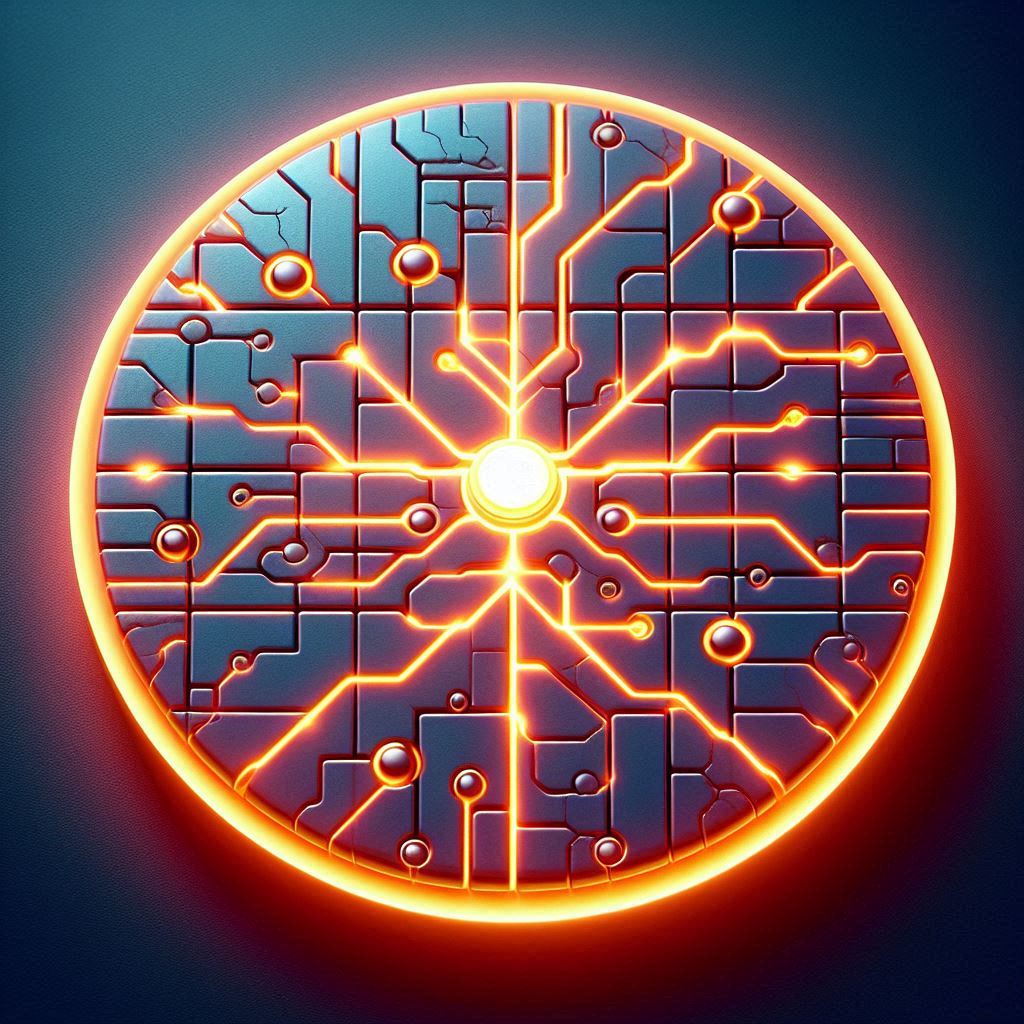
Veranu: Smart Energy Floors for Public Spaces
Veranu, an Italian company, has developed the Smart Energy Floor (SEF), a system that uses piezoelectric materials to generate electricity from foot traffic. The SEF is eco-friendly, utilizing recyclable materials, and is designed for easy maintenance. Veranu’s technology is particularly suited for high-traffic areas like shopping malls and airports, where it can transform the constant flow of pedestrians into a reliable source of renewable energy.
Energy Floors: Dancing Toward a Sustainable Future
Energy Floors, based in the Netherlands, offers a range of products, including the Sustainable Energy Floor. These tiles are particularly popular in public spaces like dance floors, where they generate energy as people walk or dance on them. The energy produced can be used to power nearby devices, such as lighting or digital displays, making these floors a dynamic addition to any space focused on sustainability.
These companies are not only demonstrating the feasibility of piezoelectric technology but also paving the way for its wider adoption in infrastructure projects worldwide. As the technology continues to evolve, it holds the promise of transforming everyday foot traffic into a valuable and sustainable energy resource.
Challenges and Limitations
Efficiency and Energy Output
One of the primary challenges facing piezoelectric roads is their efficiency. While the concept is promising, the amount of energy generated per unit area is relatively low compared to other renewable energy sources. This limitation means that large areas of piezoelectric roads are required to generate significant amounts of electricity, which can be impractical in some settings.
Cost and Scalability
The cost of implementing piezoelectric roads is another significant barrier. The materials and technology required are expensive, and the installation process can be complex and time-consuming. Additionally, the long-term maintenance costs of piezoelectric roads may be higher than traditional road surfaces, making them less economically viable in some cases.
Durability and Longevity
The durability of piezoelectric materials in road surfaces is a critical concern. Roads are subject to harsh environmental conditions, including extreme temperatures, heavy loads, and constant wear and tear. Ensuring that piezoelectric materials can withstand these conditions without degrading is essential for the long-term success of piezoelectric roads.
Environmental Impact
While piezoelectric roads are a form of renewable energy, their environmental impact is not entirely benign. The production of piezoelectric materials often involves the use of rare and potentially hazardous materials, raising concerns about the sustainability of the technology. Additionally, the energy required to manufacture and install piezoelectric roads may offset some of the environmental benefits they provide.
The Future of Piezoelectric Roads
Advances in Piezoelectric Materials
Ongoing research into piezoelectric materials is likely to yield significant improvements in their efficiency, durability, and cost-effectiveness. Advances in nanotechnology, for example, may lead to the development of new piezoelectric materials with enhanced properties, making them more suitable for large-scale applications in road surfaces.
Integration with Smart Cities
As cities become more connected and integrated through the Internet of Things (IoT), piezoelectric roads could play a crucial role in the development of smart cities. By generating energy from traffic and providing real-time data on road conditions and traffic flow, piezoelectric roads could help cities optimize their energy use and improve urban planning.
Expanded Applications
The principles of piezoelectric energy harvesting can be applied to other infrastructure beyond roads. For example, piezoelectric technology could be integrated into bridges, tunnels, and other structures that experience mechanical stress. These applications could further expand the potential of piezoelectric energy harvesting and contribute to a more sustainable built environment.
Collaboration with Renewable Energy Sources
Piezoelectric roads could also be integrated with other renewable energy sources, such as solar panels or wind turbines, to create hybrid systems that maximize energy generation. By combining different technologies, it may be possible to overcome some of the limitations of piezoelectric roads and create more efficient and reliable energy harvesting systems.
Conclusion
Piezoelectric roads represent a fascinating and innovative approach to energy harvesting, offering the potential to generate electricity from the everyday activity of vehicles on the road. While there are significant challenges to overcome, particularly in terms of efficiency, cost, and durability, the potential benefits of this technology are substantial. As research continues and technology evolves, piezoelectric roads could become an integral part of the global transition to sustainable energy, contributing to the development of smarter, greener cities.
The journey towards widespread adoption of piezoelectric roads is still in its early stages, but the possibilities are exciting. By exploring and addressing the current limitations, we can unlock the full potential of this technology and pave the way for a more sustainable future.
If you found this article on piezoelectric roads intriguing, be sure to explore some of our other in-depth blogs. Dive into the future of energy solutions with posts on topics like “Microbial Fuel Cells as Off-Grid Energy Solutions,” “Acoustic Metamaterials for Noise Cancellation,” and “Recycled Concrete: A Sustainable Future for Construction.” Each article delves into innovative technologies that could reshape our world. Click through to discover more!

